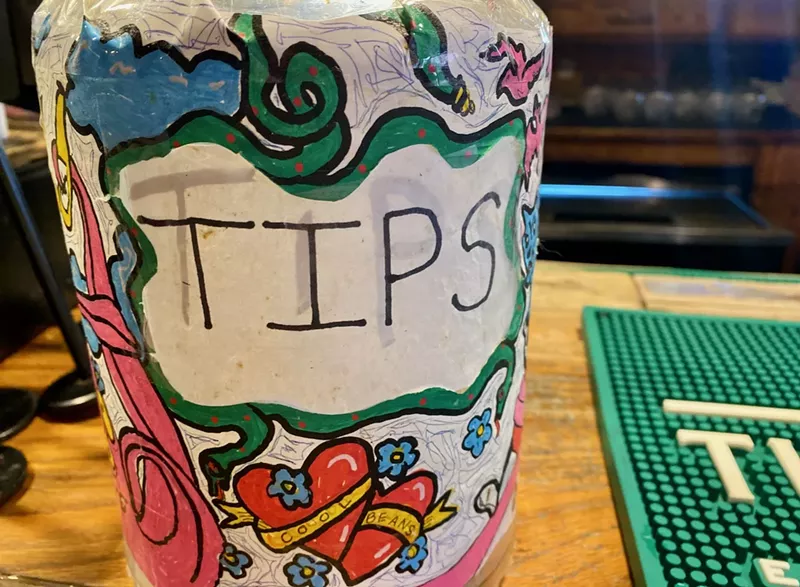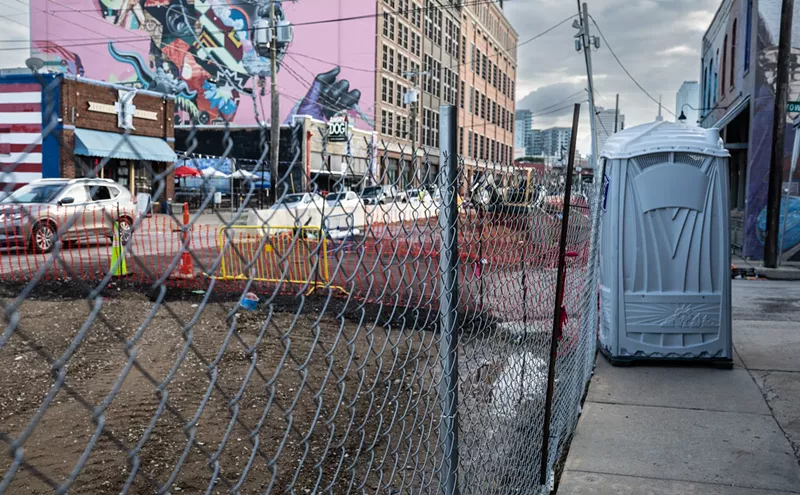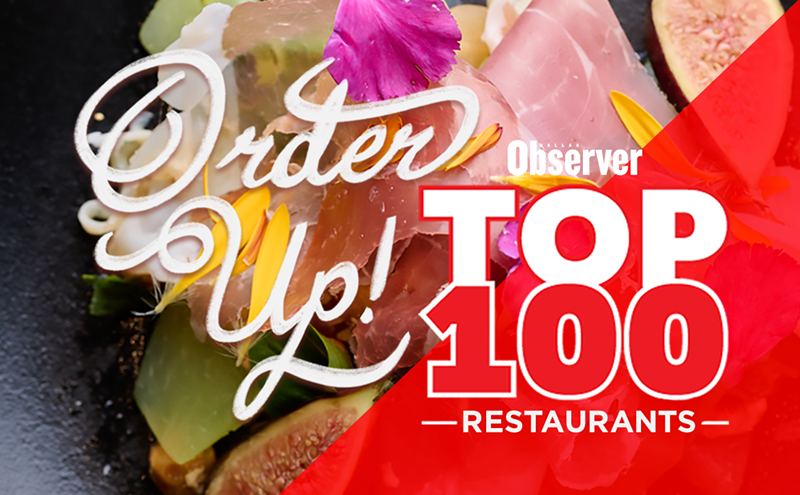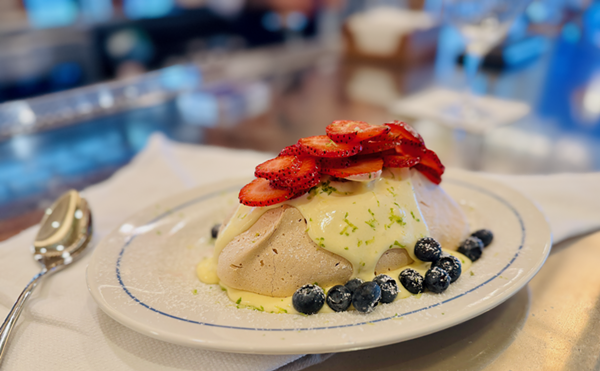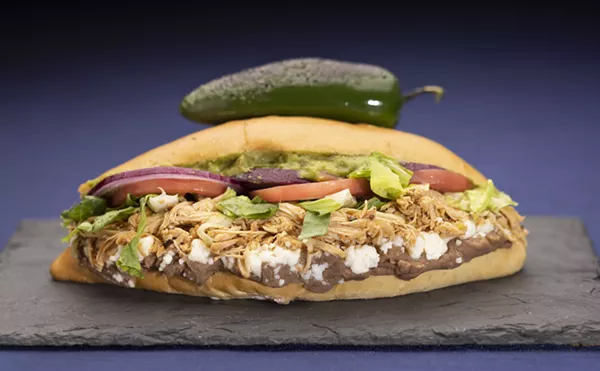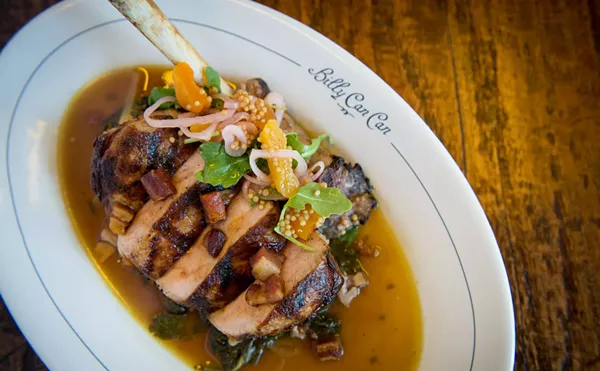Outside the U.S., especially in Canada and Europe, restaurants use pay-at-the-table to settle tabs: servers bring wireless, mobile hand-held terminals to the table to process payment. Here in the good old US of A, however, typically the server takes the guest’s payment (credit card, cash, etc.) away to a workstation, processes the payment, and finally returns the card and a receipt, that includes a tip line, to the customer.
This is rapidly changing, however, especially as EMV chip cards and mobile wallet payments such as Apple and Google Pay become more common. We’ve lagged behind the rest of the Western world in adopting this technology. Our EMV cards are chip and sign, not chip and pin, but those days are coming as well.
You can't hand over your cellphone to a server to use Apple Pay to complete a transaction at some distant computer near the water station or whatever, so the need to bring a portable device to the table remains, even here in the States. This step, the expectation from more and more customers that their mobile wallets will be supported while dining out, along with the push toward chipped cards, appears to have become the tipping point toward the adoption of pay-at-the-table in this country, and more and more restaurants are now adopting this workflow.
Which is fine. Of course, it’s fine. No longer do you have to hand over your credit card to some stranger and wait for its return, hoping it hasn’t been cloned or the numbers written down while you finish off the dregs of your old fashioned. That’s great. It also helps ensure that the server can’t alter the tip you scrawled onto the tip line of the paper receipt, changing it when they go back to manually enter it into the payment terminal at the back of the dimly lit dining room after you've left. That’s wonderful.
It also saves some time. You don’t have to first wait for the check to come, then wait for the server to return and take your card and the check to who knows where to run it, and then wait for them to return with the check so you can, finally, add your tip. Who doesn’t love saving time? Especially those of us who want to leave as soon as possible once we’ve finished eating, who don’t like lingering over dirty dishes and empty glasses that once held old fashioneds while someone in the dinner party drones on about equity stakes or limited partnerships or their awesome fantasy football draft picks. Let's get home to the couch and Dick van Dyke Show reruns.
So what’s the problem? Why is this new trend toward pay-at-the-table so bothersome for some of us? It all comes down to being perhaps a bit too non-confrontational and a bit too introverted.
It can be awkward and a bit stressful when the server hands you the payment terminal and expects you to add the tip right then and there. There. It’s now out in the open. This can create anxiety on several levels. First, sometimes it feels a bit like you’re being pressured into giving a larger tip than you might otherwise have done. Also, almost always, you are just presented with the total including sales tax. Now, the “frugal” among us like to figure the tip based on the pretax total, and often this isn’t shown on these terminals. Yes, one can do a quick bit of algebra and mental gymnastics, finally arriving at the pretax total, and then figuring 20% of that for the tip, but remember the old fashioned? Or two?
So in the end the lazy route is often taken, making use of those “helpful” built-in options at the bottom of the terminal screen with preset tip amounts for you to select, many of which helpfully exceed 30%... and that percentage, again, is on the amount with tax. But we press the button, anyway, not making eye contact with the server so they don’t judge our tipping amounts or math ability, and finally, at last, driving home and taking off our shoes and watching Dick van Dyke Show reruns, we can double-check our math. And that's when we notice the 3% service fee that was added. Which was also part of the tip.
No, thank you.

Audio By Carbonatix
[
{
"name": "GPT - Billboard - Slot Inline - Content - Labeled - No Desktop",
"component": "21721571",
"insertPoint": "2",
"requiredCountToDisplay": "2"
},{
"name": "STN Player - Float - Mobile Only ",
"component": "21861991",
"insertPoint": "2",
"requiredCountToDisplay": "2"
},{
"name": "Editor Picks",
"component": "17105533",
"insertPoint": "4",
"requiredCountToDisplay": "1"
},{
"name": "Inline Links",
"component": "18349797",
"insertPoint": "8th",
"startingPoint": 8,
"requiredCountToDisplay": "7",
"maxInsertions": 25
},{
"name": "GPT - 2x Rectangles Desktop, Tower on Mobile - Labeled",
"component": "22608066",
"insertPoint": "8th",
"startingPoint": 8,
"requiredCountToDisplay": "7",
"maxInsertions": 25
},{
"name": "Inline Links",
"component": "18349797",
"insertPoint": "8th",
"startingPoint": 12,
"requiredCountToDisplay": "11",
"maxInsertions": 25
},{
"name": "GPT - Leaderboard to Tower - Slot Auto-select - Labeled",
"component": "17357520",
"insertPoint": "8th",
"startingPoint": 12,
"requiredCountToDisplay": "11",
"maxInsertions": 25
}
]

